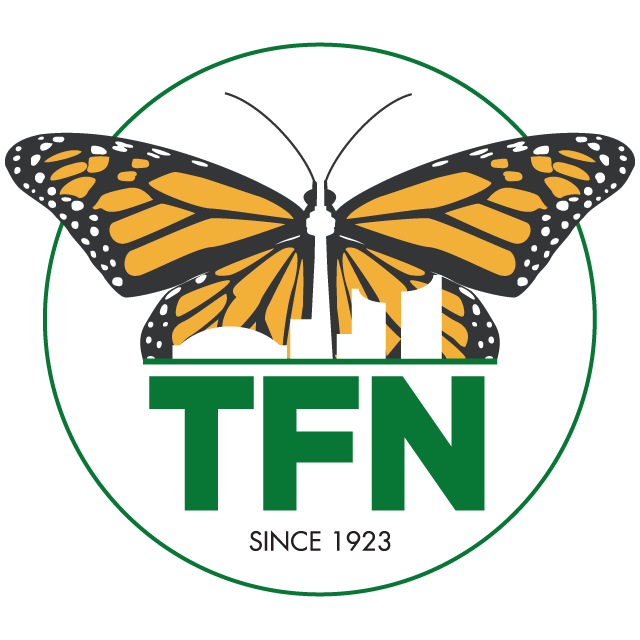Embarking on a journey to aid nature doesn’t require grand gestures; sometimes, it starts right in our own backyard. With wildlife populations dwindling due to habitat loss, each of us has a role to play in nurturing our local ecosystems. One powerful way to contribute is by transforming our yards into natural havens, brimming with native plants that provide vital sustenance and shelter for insects. These tiny inhabitants, in their bustling activity, become the lifeblood for birds, mammals, and countless other wildlife species.
Inspired by Douglas Tallamy’s illuminating work, “Nature’s Best Hope,” I discovered a profound truth: our collective efforts can reshape the landscape, fostering vibrant habitats where biodiversity thrives. I wholeheartedly recommend delving into Tallamy’s insights for a deeper understanding of our interconnectedness with nature.
For Toronto residents eager to embark on this journey, the path begins with small yet impactful steps. You need not sacrifice your entire yard; rather, carve out sections dedicated to native flora, designed to flourish effortlessly in Ontario’s unique climate and soil conditions, requiring minimal maintenance.
Ontario Nature offers a quick menu of native plants for a pollinator-friendly garden. Also, Toronto Master Gardeners provide practical online advice for balcony and backyard gardeners to support native pollinators. Tallamy’s endorsement of White Oaks as prime caterpillar havens underscores the pivotal role trees play in supporting local ecosystems. Caterpillars are a key source of food for native birds, especially during the time when parents are spending their days fetching food for chicks. From planting milkweed to sustain monarchs to nurturing asters and coneflowers that beckon pollinators, every choice contributes to a richer, more resilient environment.
As we plan our floral displays, let’s ensure a continuous spectacle from spring’s first bloom to autumn’s golden hues. The City of Guelph’s comprehensive guide to native plants provides invaluable insights, detailing sunlight requirements and seasonal interests, empowering us to make informed choices.
And for those seeking hands-on experience and community camaraderie, mark your calendars for Brickworks’ native plant day on May 11. Dive into full-day workshops and engaging activities celebrating the beauty and significance of native flora.
Together, let’s embark on this journey of stewardship, transforming our backyards into vibrant sanctuaries that echo with the rhythms of nature’s symphony.
Peter S., TFN Advocacy Team

